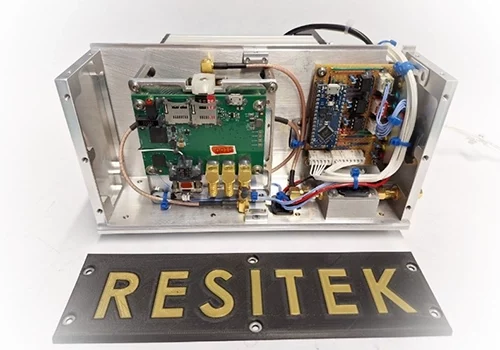Syntony GNSS and RESITEK: Unlocking the Atmosphere’s Secrets
The MAPHEUS 15 suborbital rocket, launched by DLR’s Mobile Rocket Base (MORABA) from Sweden’s Esrange Space Center, reached an altitude of approximately 310 kilometers, carrying multiple scientific experiments.
Among them, the RESITEK measurements—conducted by DLR’s Institute for Solar-Terrestrial Physics and the Institute of Materials Physics in Space—utilized Syntony GNSS’s Echo Recorder to capture valuable data. RESITEK focused on GNSS observations for ionosphere remote sensing, with potential applications in space weather prediction and disaster risk reduction.
Syntony’s Echo Recorder enabled the experiment to gather 20 minutes of GNSS signal data. This high-quality dataset will support researchers in understanding the Earth’s atmosphere and refining methodologies to monitor the space environment.
Advanced GNSS Recording Technology in Action
The Echo GNSS Recorder provided a robust solution for the RESITEK measurements, ensuring reliable data capture in the dynamic suborbital environment. Known for its flexibility and precise RF signal handling, the Echo system successfully recorded the signals necessary for post-mission analysis, contributing directly to the objectives of the RESITEK study.
By enabling data collection during MAPHEUS 15 flight, Syntony GNSS highlighted the value of its Echo technology in advancing atmospheric research. Furthermore, the front-end level data allows a flexible evaluation of signal integrity. Threats for GNSS observations in such a mission can be identified and better mitigated.
The collaboration between Syntony GNSS and DLR demonstrates the potential for cutting-edge GNSS technologies to enhance the understanding of atmospheric phenomena and support applied research in critical areas such as space weather and disaster preparedness.
Contact us at contact@syntony.fr or visit our contact page for more information.
